Division 5 students along with their little buddies from Division 11 harvested our spuds in tubs this week. Today we roasted the 247 warba potatoes and students brought in their own toppings to enjoy the fruits of their labour.
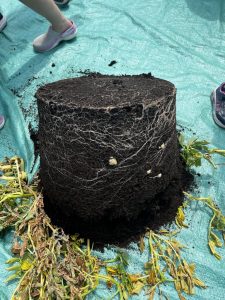
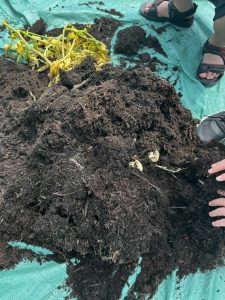
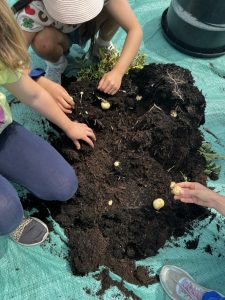
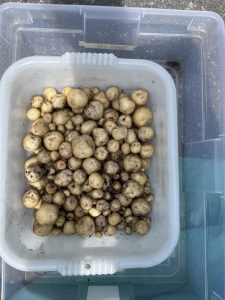
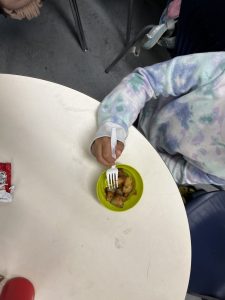
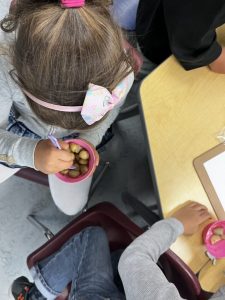
Division 5 students along with their little buddies from Division 11 harvested our spuds in tubs this week. Today we roasted the 247 warba potatoes and students brought in their own toppings to enjoy the fruits of their labour.






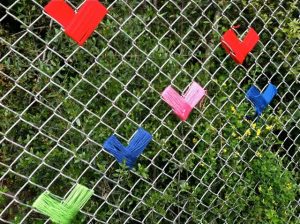
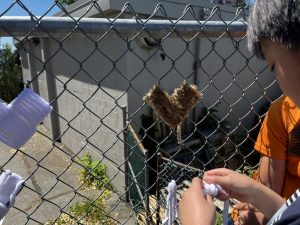
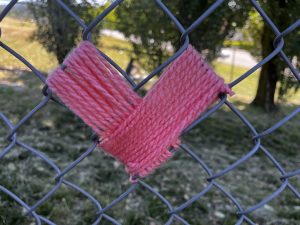
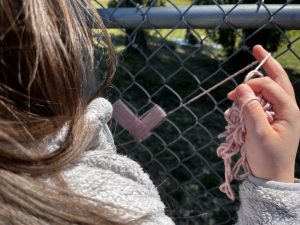
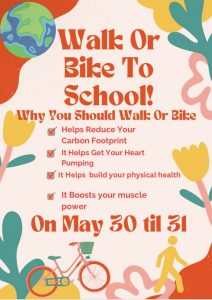
Division 5 has created a “Walk or Bike to School Challenge” to encourage people to be more physically active and reduce traffic pollution around our school.
We encourage you all to Walk or Bike to school if possible. Our goal is to have 90% of our students walk or bike to school on May 30th and May 31st.
Mark your calendars and join our challenge!
Tips and recommendations to help parents handle relational aggression, the act of making peers feel excluded, gossiped about, teased, berated, belittles, or inferior.
Division 1 & 2 leadership students are hosting a fundraiser to support the Burnaby Hospital Foundation. They would love your support!
WHEN: May 26 – June 1, 2023
Join Mme Bianca Lavorata, Mme Panagiotou and the student leadership team as they host a fundraiser to support advancements in healthcare at Burnaby Hospital. Student leaders acknowledge that many members from the Aubrey community have benefited from the wonderful care provided by the team at Burnaby Hospital.
School Goal: $1,500
Please use the online link that has been provided by the Burnaby Hospital foundation specifically for our school community.
 |
In Tribute | Burnaby Hospital Foundation May 26 – June 1, 2023 Aubrey Elementary School Join Mme Bianca Lavorata, Mme Panagiotou and the student leadership team as they host a fundraiser […] |
Alternatively, you may fill out a donation card that came home today with all students!
We know that together is better, so as a team, we would like to give back to the hospital. Division 1 and 2 leadership students invite all classes and their families to kindly donate to help raise funds towards the cancer department and children’s/baby department. We would like to extend a big thank you to Ms. Hartman and the Aubrey staff for supporting this fundraiser and helping us make a difference.
THANK YOU SO MUCH FOR YOUR SUPPORT!
Sincerely,
Mme Bianca, Mme Panagiotou, Kat, Nolan, Miro, Rylee, Liam, Michelle, Keira, Chamael, Brooke and Zaina
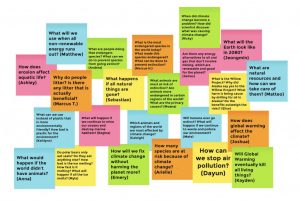
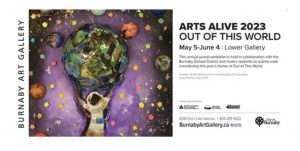
You are all invited to visit the Burnaby Art Gallery between May 5th and June 4th to see the Out of the World K-12 Exhibit. The mixed media artwork our class made this year will also be showcased in this exhibit.
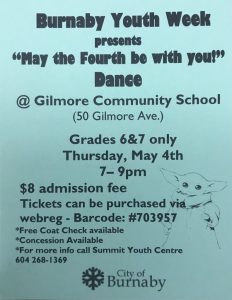
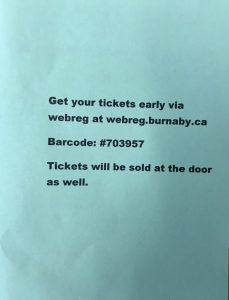

Div 3 Class Blog ©2026. All Rights Reserved.
Powered by WordPress.
Theme by Phoenix Web Solutions